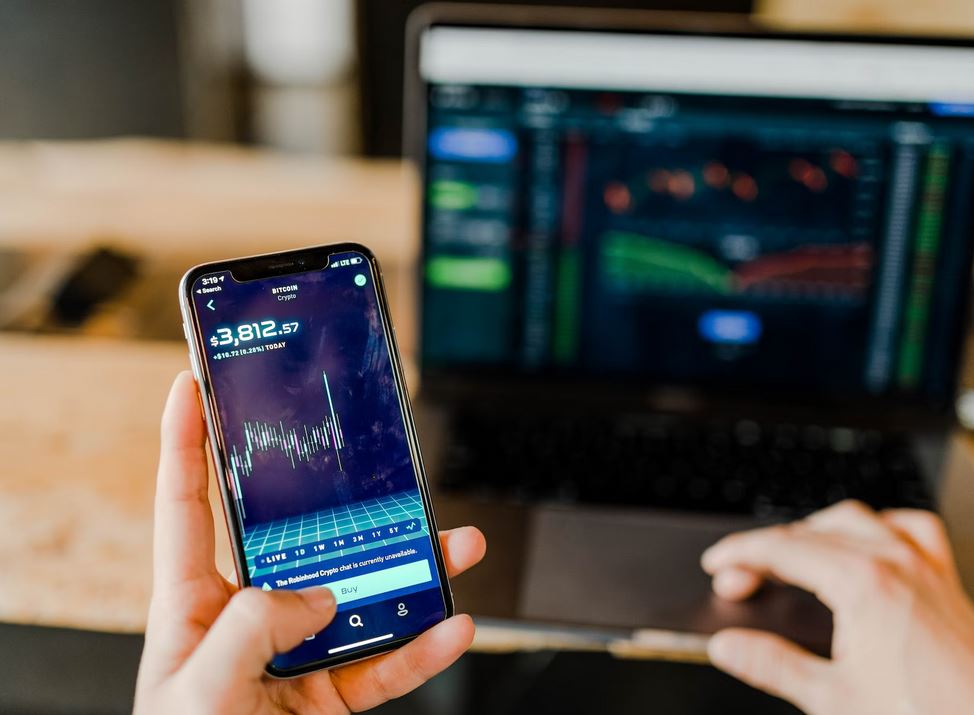Real-time charting software is crucial in modern finance, helping traders visualize and analyze market movements for quick decision-making. As technological innovation accelerates, the future of real-time charting promises enhanced speed, sophistication, and security. Let’s examine some groundbreaking developments on the horizon.
The landscape of financial analysis is continually evolving, and the future of real-time charting software is at the forefront of this transformation. Emerging technologies and evolving trends are reshaping how investors analyze and interpret market data.
Real-time charting software plays a pivotal role in this evolution, providing traders with instantaneous visualizations of market trends and price movements. Machine learning and artificial intelligence are increasingly integrated into these software solutions, offering predictive analytics and pattern recognition to enhance decision-making.
Furthermore, the shift towards cloud-based platforms ensures accessibility and collaboration in real-time. As the financial industry continues to embrace technological advancements, the future of real time charting software appears promising, offering traders and analysts a comprehensive and dynamic toolset to navigate the complexities of today’s fast-paced markets.
AI and Machine Learning Integration
In the fast-evolving landscape of real-time charting, artificial intelligence (AI) and machine learning are game-changers. AI-powered trading systems now account for approximately 75% of all U.S. equity trading volume, while machine learning algorithms can process financial data 1,000 times faster than traditional methods.
AI, by analyzing vast datasets in milliseconds, empowers charting tools to identify historical patterns and generate predictive insights in real-time. As neural networks grow more advanced, they will further revolutionize predictive analytics – learning from past market behaviors at an exponential pace to boost precision.
These AI systems, using advanced neural networks trained on vast historical datasets, detect subtle patterns affecting pricing movements. By processing countless data points across equities, commodities, currencies and more, they model probability distributions to predict optimal entry and exit points for trades.
Reinforcement learning takes this a step further – AI agents continuously simulate trade decisions to deduce the most profitable strategies based on real-time charts. As the algorithms iterate through millions of combinations using multi-armed bandit modeling, predictive accuracy improves exponentially over time.
On the machine learning front, GPU-powered technology allows ultra-rapid processing of chart data to surface trends. NVIDIA highlights experimental systems that scan 50 years of market history to generate insights in a split second. This enables on-demand backtesting at scale while responsively adapting to live market shifts.
As quantum computing matures, running advanced AI algorithms on quantum hardware will unleash unforeseeable levels of analytical sophistication for real-time charting.
Blockchain and Decentralized Solutions
While AI reshapes charting, blockchain technology and decentralized solutions are revolutionizing the foundation of real-time data accuracy. By reducing settlement times from days to minutes, blockchain supercharges efficiency. Decentralized finance (DeFi) projects also saw a 17-fold increase in total value locked in 2021, indicating the rising prominence of blockchain-based infrastructure.
Cryptographic techniques, inherent in blockchain networks, enhance the security of financial data, minimizing centralized points of failure. As adoption expands, decentralized charting platforms will transform reliability and transparency.
Decentralized exchanges (DEXs) are gaining serious traction, with over $100 billion locked in DeFi applications. DEXs allow the swapping of crypto assets without centralized intermediaries through automated liquidity pools. Integrating real-time pricing data from DEXs can significantly enhance charting tools.
Moreover, because every transaction on public blockchains is exposed through distributed ledger technology, financial data transparency is unmatched. This establishes strong priors for predictive charting models, powered by the wisdom of the crowd on an unprecedented scale.
However, decentralized networks also pose unique data privacy challenges that call for anonymization and access control techniques before integrating sensitive transactional data from public chains into commercial charting tools. Finding the right balance between transparency and privacy is key.
Quantum Computing Advancements
Looking even further into the future, quantum computing is poised to take real-time charting to an entirely new dimension. With the potential to perform calculations in seconds that would take traditional computers thousands of years, quantum systems could analyze market data and probabilities at unprecedented speeds.
Major financial institutions have already invested more than $1 billion in quantum computing research.While practical quantum charting applications may be a decade away, we are laying the groundwork for a landscape where real-time data is processed instantaneously.
Mobile Accessibility and User Experience
In the age of on-the-go trading, the accessibility and user experience of charting software are paramount. With mobile trading accounting for over 40% of activity in the U.S., optimized interfaces are critical. Traders are 67% more likely to use mobile apps with intuitive designs.
As a result, developers are prioritizing responsive formats, one-click functionality, and AI-driven personalization to offer unparalleled convenience. Sleek, personalized dashboards will soon become standard features of real-time charting solutions.
Cybersecurity and Data Privacy
As technology advances, so does the concern for safeguarding financial data. The financial industry faces cyberattacks 300 times more frequently than other sectors, making security non-negotiable. Additionally, with 86% of financial executives highlighting data privacy as a top priority, encryption and access controls are receiving significant upgrades.
By leveraging AI capabilities for threat detection alongside blockchain’s resilient encryption, the latest real-time charting platforms are building robust security infrastructure to earn user trust.
To harden infrastructure, platforms are doubling down on threat intelligence capabilities that use AI to anticipate attack vectors and simulate “ethical hacking” attempts to pinpoint vulnerabilities proactively. Cloud-based systems additionally leverage hypervisor technology to isolate workloads through micro-segmentation for resilience.
Multilayered data encryption provides a robust second line of defense, safeguarding sensitive charts, models, and queries both at transit and at rest. Here again, blockchain tools like hardware security modules that protect cryptographic keys and certificates come in handy when layering security protocols.
For access governance, role-based permissions, MFA safeguards, and streamlined audit logs help tightly control access while balancing productivity needs. By caring for both system hardening as well as data protection, modern charting software is gearing up for the emerging threat landscape.
Integration with Emerging Markets
Real-time charting isn’t limited to established markets; it’s spreading its reach to emerging economies. Representing 85% of the global population and 40% of GDP, integration into developing regions unlocks immense potential.
Onboarding local banks and exchanges while optimizing for mobile users are key priorities. With emerging market adoption of charting tools growing 20% annually, tailoring solutions to local needs has become pivotal. Platforms offering multilingual interfaces and global assets stand to tap into tremendous opportunities.
FAQs
1. How do AI-powered real-time charting systems differ from traditional charting software?
AI-powered platforms analyze millions of data points in milliseconds, while traditional systems struggle with real-time processing. AI identifies patterns and makes accurate predictions at rapid speeds.
2. What are the security implications of blockchain-based charting platforms?
By leveraging distributed networks, blockchain reduces centralized points of failure. Cryptographic techniques also minimize hacking vulnerabilities, boosting security. However, users must manage private keys safely.
3. Will quantum computing make traditional charting software obsolete?
Eventually, yes – quantum capabilities outpace traditional systems. But viable quantum computing applications may take over a decade to emerge. Legacy platforms will remain relevant through the transitionary period.
Conclusion
From AI analytics to quantum-powered calculators, transformative technologies are priming real-time charting software for a data-driven, digitally decentralized future with extreme speed yet robust security.
As financial markets grow more complex, integrating the latest innovations is key to actionable insights. While the landscape will continue evolving rapidly, maintaining an agile, forward-looking approach ensures charting tools empower rather than encumber trading strategies.
The financial domain of tomorrow hinges on the digital platforms built today. Buckle up for an exciting ride!



